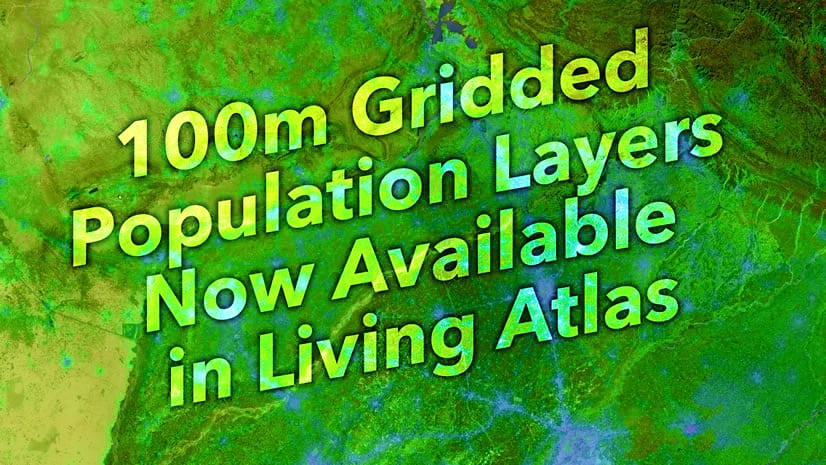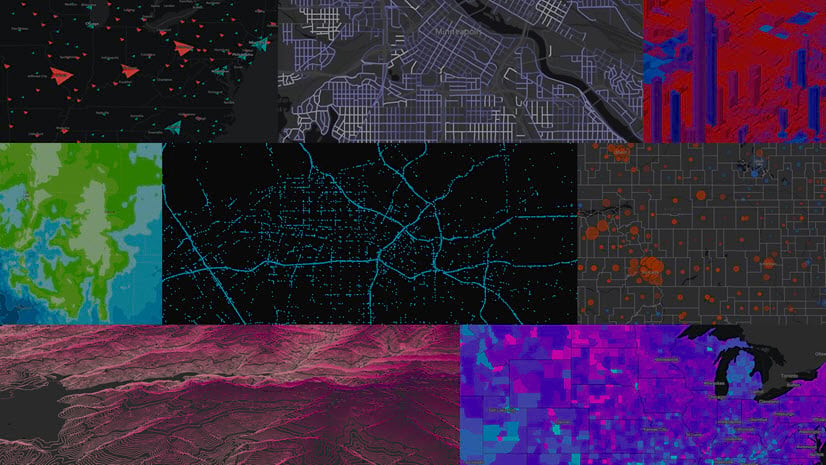As we near the end of 2022, we want to remind you of some maps and services that will be retiring in December and recommend an alternative solution.
In February, we announced that several World Population Estimate maps and services moved into Mature Status and will be Retired and removed from service in December 2022.
What is the recommended alternative solution?
WorldPop and Esri have partnered to publish annual gridded population datasets covering 249 countries, territories, and dependencies for the 2000-2020 period. These multidimensional layers represent:
- 1-km grid-cell level spatial distribution of total population, sex and age cohorts, and population density
- 100-m grid-cell level spatial distribution of total population and population density
… providing a consistent and comparable framework for data integration and analysis.
The layers support exploring the entire twenty-one-year history of population changes for any group, including births and five-year age cohorts. The results of these queries can be spatiotemporally analyzed to find patterns. Since this data can now be accessed directly from ArcGIS Living Atlas of the World, it eliminates the need to download or pre-assemble the data prior to use, resulting in substantial time and cost savings for any organization needing to understand recent population changes.
Explore the web maps in this portfolio to see how recently added display effects in ArcGIS Online can be applied to WorldPop’s population density layer. Or access the WorldPop imagery layers in Living Atlas.
To learn more about the new gridded population datasets, check out A First Glimpse into the Future of Population Data – Part 1.





Article Discussion: